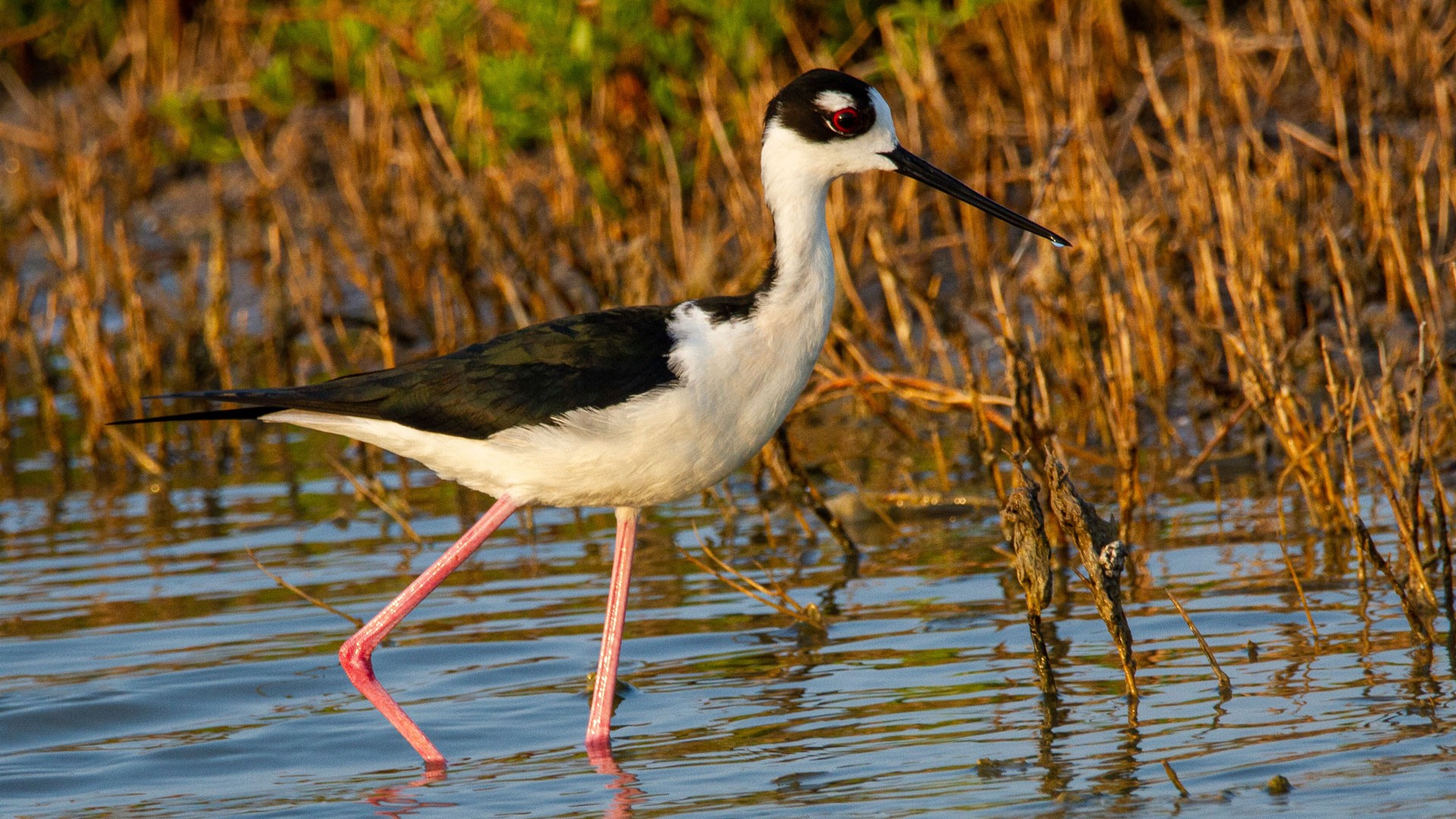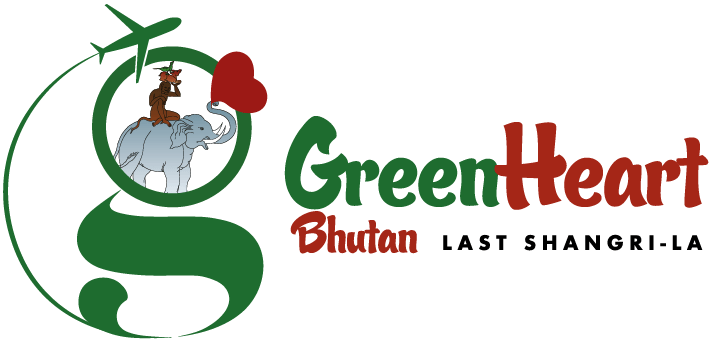Thimphu Tshechu
6 days and 5 nights
Entry / Exit
Paro
Festival Date
08-10 October
Departure date
8 October
Festival venue
Tashichho Dzong, Thimphu
Thimphu Tshepho is a 3day festival held every year in the capital city of Bhutan; Thimphu. The festival starts on 10th day of the 8th month of Bhutanese (Lunar) calendar. During this 3day festival, varieties of mask and folk dances are put into show by monks, villagers and national art performers. All the schools and offices within Thimphu district remains closed during the festival.

Program
Discover all the details of the tour and live a unique experience during your trip to Bhutan.
Memorial Chorten: Located in the heart of Thimphu city, it was built in 1974 by Her Majesty the Queen Mother Ashi Phuntsho Choden in memory of her son, Third King Jigme Dorji Wangchuck. The three-storey Chorten houses several relics such as Phurba Lhatshog, Kagay, Khrowo Nampur Gyalwa, Guru Tshengye, and Khenlop Chesum. The Chorten is today the spiritual nerve centre of the city.
Overnight: At hotel in Thimphu
The principal focus point of Tshechu traditions in Bhutan are mask dances known as cham in local language. These chams are directly related to Buddhist culture and incidents from the life of Guru Rimpoche, a Buddhist saint who visited Bhutan in 8th century from Nepal. While in Bhutan, it is believed that Guru Rimpoche performed mask dances to subdue local spirits and demons that were bringing chaos in the region. He later turned them into as protector of Buddhism.
Since then, these traditions have been followed for centuries, becoming one of the core values of Bhutanese culture and tradition. Some of the mask dances (cham) performed at Thimphu tshechu are Dance of heroes (Pacham), Dance of Stags and Hounds (Shawo shakhi), Dance of drums originated from Dramitse village (Dramitse Ngacham), Dance of judgement after dead (Ragsha Mangcham) and the Dance of 8 manifestations of Guru Rimpoche (Guru Tshengye).
Buddha Statue: Located at Kuenselphodrang, facing Thimphu valley down below is the worlds’ largest and tallest Buddha statue standing at the height of 169 feet (52m). The statue houses one hundred thousand of smaller Buddha statues, the exact replica of the outer Buddha statue. From here one can have a 360-degree view of Thimphu valley.
Textile museum: Located near National library at Chubachu, it was established in the year 2001. The museum contains Bhutanese textiles, arts, crafts and more importantly the royal collections which includes first version of the Raven crown worn by first and second King of Bhutan, dresses and accessories worn by royal family and the bedding of his holiness Zhabdrung Jigme Dorji.
Overnight: At hotel in Thimphu
Khemae Lhakhang: Located on a hillock in Lobesa (Punakha), the temple was built in 1499 by Lam Ngawang Chogyal, the cousin of Lam Drukpa Kunley, on the spot where the latter subdued a demon who was running away in the form of a dog. Lam Drukpa Kunley buried the demon and said there was no dog now (khe – dog; mae – no). Hence, the temple came to be known as the “temple of no dog”. Today however it is pronounced as Chimi Lhakhang. The temple contains the bow and arrows of Lam Drukpa Kunley and a phallus to bless the visitor.
After arriving Punakha, we will visit to Punakha Dzong and hike to Khamsum Yelley Namgyal Choeten:
Punakha Dzong: The dzong is situated on a stretch of a land where two rivers – Phochu and Mochu – meet. The dzong was built by Zhabdrung Ngawang Namgyal in 1937 and named it Pungthang Dewa Chenpai Phodrang, the palace of great bliss. Later it became the final retreat palace for him. The first monarch, King Ugyen Wangchuck, was crowned there and it served as the capital of the country until 1955. Today it serves as the winter residence of the Central Monastic Body. The sacred relic Rangjung Kharsapani is also kept in the Machen Temple inside the dzong.
Khamsum Yelley Namgyal Choeten: Located in Kabesa Gewog, about 7 km drive from Punakha town; the choeten was built with the sponsorship of her Majesty the Queen Mother Ashi Tshering Yangdon Wangchuck between 1992 and 1999 under the guidance of Dilgo Khyentse Rinpoche and Lam Sonam Zangpo. The three-storey choeten contains the images of Dorji Phurba on the ground floor, Khrowo Khamsum Namgyal on the first floor, and Khrowo Nampur Gyalwa on the second floor.
Overnight: At hotel in Punakha
Paro Ta Dzong: Located on a spur above Rinpung Dzong, five and a half kilometres’ drive from Tshongdu town, the dzong was built in the mid-17th century as a watchtower overlooking Rinpung Dzong by Lanyongpa Tenzin Drukdra and Chogyal Migyur Tenpa. The circular dzong houses the National Museum of Bhutan.
Paro Rinpung Dzong: Located on the bank of Pachu River, Paro Dzong, formally known as Rinchen Pung Dzong (shortened to Rinpung Dzong), was built in 1644 under the command of Zhabdrung Ngawang Namgyal. It is one of the most beautiful and historically important dzongs in the country. Today, it houses both district administration and monastic body.
Overnight: At hotel in Paro
History tells that, on this very cliff where the monastery stands today, Guru Rimpoche, the great Buddhist saint flew from Kurtoe Singye Dzong (located in eastern Bhutan) on a back of Tigress to subdue the demon who was opposing him from spreading Buddhism in Bhutan. Hence the name Taktsang, Tigers Lair or nest derived. After subduing, Guru Rimpoche meditated here for 3 years. The monastery was later built in 1694 by 4th Druk Desi (secular head of the country), Gyalse Tenzin Rabgye. Tragically, the monastery was gutted down by fire in the year 1998 but soon it was restored to its former glory.
Overnight: At hotel in Paro
Your short and memorable tour of Bhutan comes to an end today. After breakfast, your guide and driver will see you off at Paro international airport for your onward destination.
Included
About our company’s services:
Taxes
All government taxes
Visa fee
All government taxes
Entrances
All government taxes
English guide
All government taxes
Transfer
All government taxes
Accommodation
All government taxes
Meals
All government taxes
Snacks
All government taxes
Excluded
- Flight tickets
- Health insurance
- Bank transfer
- Tips for guide and driver
- Bar/Beverage
- Laundry
Festivals
Discover more fantastic travel packages available from Green Heart Bhutan.

Jampay Lhakhang Drup
Bhutan Naked Dance Festivals at Jambay Lhakhang is located in Bumthang and are situated on the way to the Kurjie Lhakhang. It’s a ten-minute drive to the temple from…




